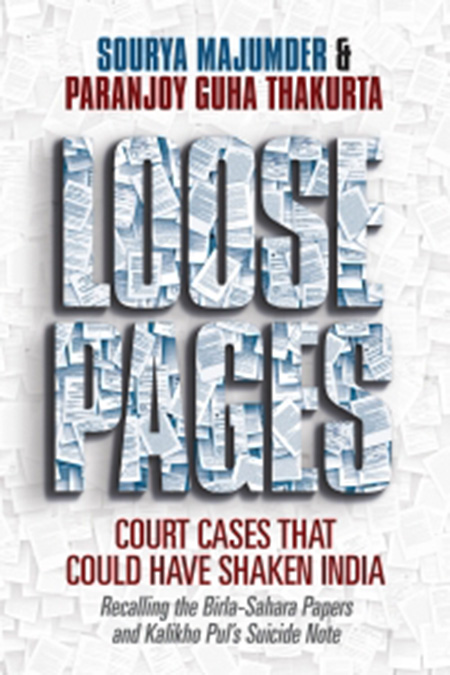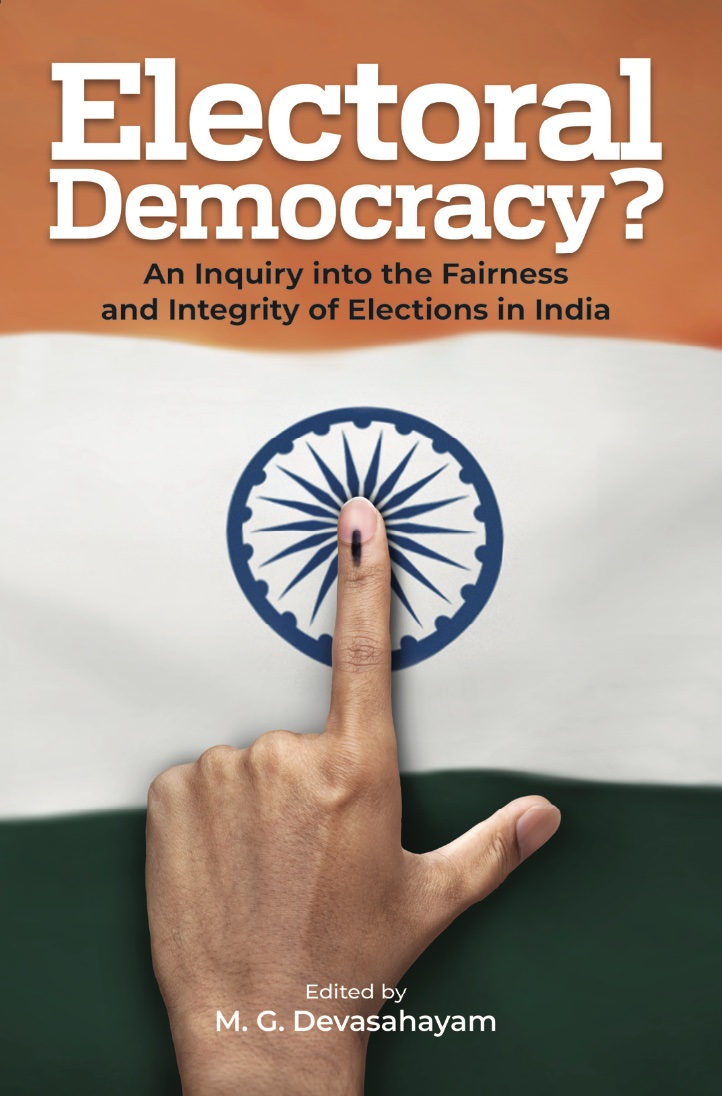SONIA GANDHI’s story represents the greatest transformational journey made by any world leader in the past four decades. Circumstance and tragedy, rather than ambition, paved her path to power.” So read the first two sentences of the inside-cover blurb of this book written by London-based journalist Rani Singh. With a foreword by Mikhail Gorbachev and fulsome praise from Henry Kissinger on the back cover, the volume raises high expectations that are, unfortunately, largely belied.
The book has excruciatingly detailed accounts of the deaths of Indira Gandhi and her two sons, Sanjay and Rajiv, as well as about the lifestyles of the first family of the world’s largest democracy. Still, it is pedestrian when it com es to presenting an incisive ana lysis of the importance of the widow of a former Indian prime minister, president of the Indian National Congress and chairperson of the ruling United Progressive Alliance coalition, who was born Edvige Antonia Albina Maino on 9 December, 1946, in Lusiana, a small town in It aly to Roman Catholic par e nts, her father being a contractor and a former supporter of Benito Mussolini.
The book is clearly intended for a non-Indian audience. Which would have been alright had it not been for the fact that in-between the fineprint are simplistic generalisations about the Emergency and the anti- Sikh riots of 1984, besides at least one goof-up that was clearly avoidable. For example, on page 189, while elucidating on the Congress’ campaign during the 2004 Lok Sabha elections, the following has been written: “It was time to give Indira’s ‘Remove Poverty’ slogan a contemporary feel. ‘The common man’, typified by the skinny basket-carrying mango man, aam aadmi, became the mascot of the Congress campaign.”
The word “hagiography” refers to writings on holy people, especially biographies of saints and religious leaders. The word of Greek origin acquired a negative connotation over the years. It is these days more commonly used to describe the accounts of biographers who are unduly uncritical or excessively deferential to their subjects. This book will inevitably be described as a hagiography. It is not as if the aut hor did not try. She has pored over books and quoted dozens of people, most of whom are favourably inclined towards Gandhi. Not enough space has been given to the critics of a person, who, to use the words of senior journalist Pranay Gupte, has emerged “from obscurity to the most powerful woman in Asia (and, arguably in the world)”.
Gupte is correct about the subject of the book and that it is “enormously readable”. He is wrong when he claims it is a “work of scholarship and journalistic endurance” and that it is a biography that is “carefully researched”, offering “new details”. The author took on a tough task. She had to work harder. Her best is not good enough.
Rani Singh’s perfunctory account about the Bofors scandal and its political fallout is particularly disappointing, as is the absence of any mention of the controversial Italian wheeler-dealer who is often described as a businessman although he represented Italy’s largest public sector company, providing consultancy to the petroleum, petrochemicals and fertiliser industry. He lived with his family in India for decades and was influential. One searched in vain for a reference to his name over 268 pages. There is only one person under the alphabet ‘Q’ in the index: former US Vice President Dan Quayle. He is not the same Mr Q many in India are familiar with.


